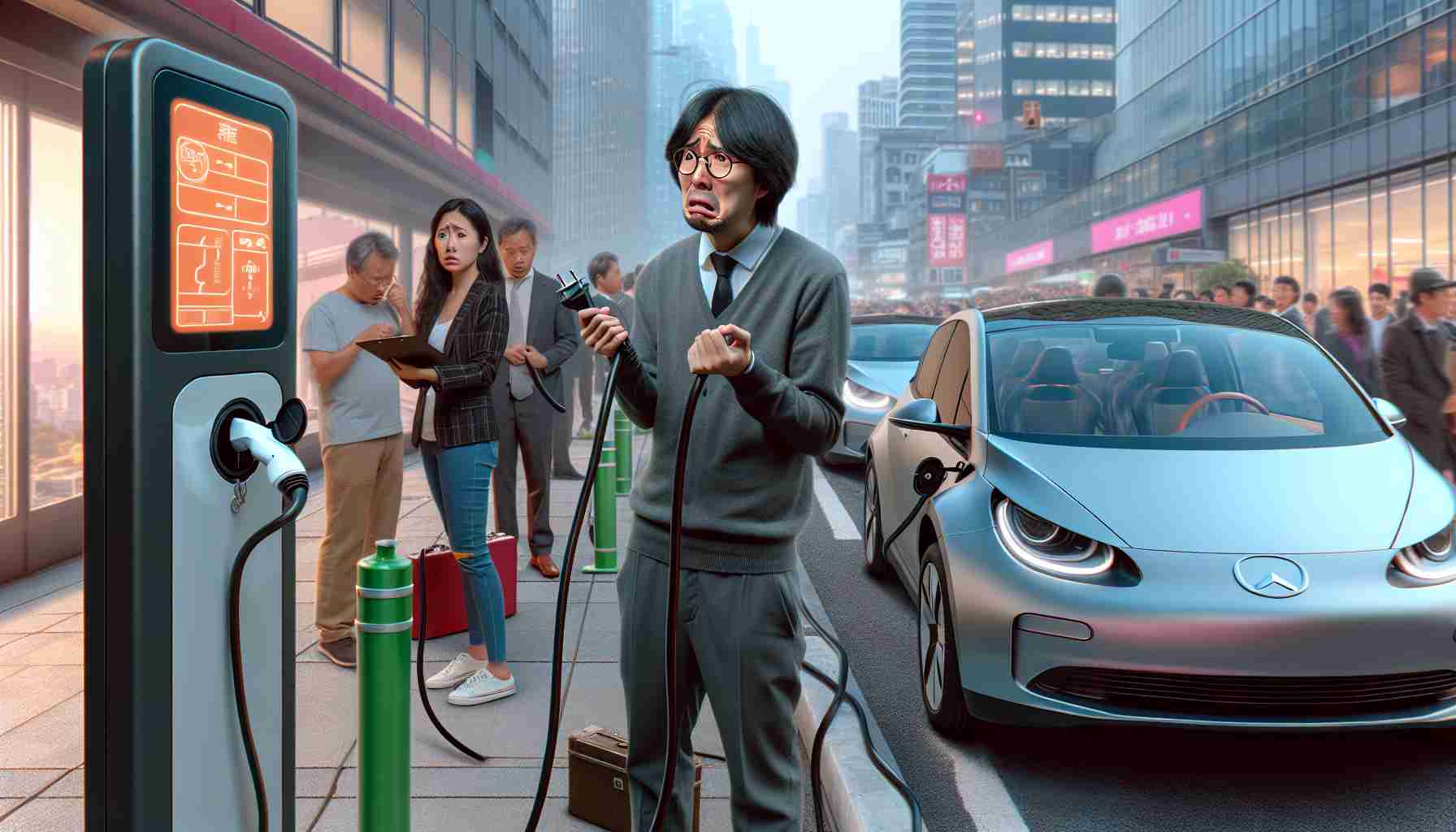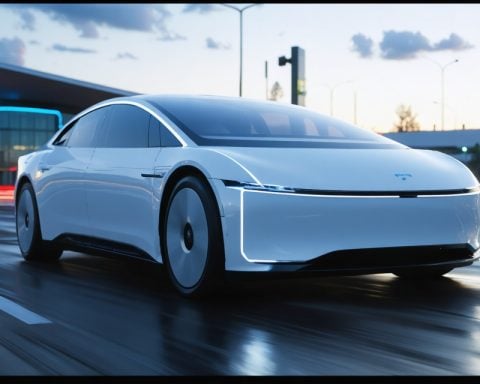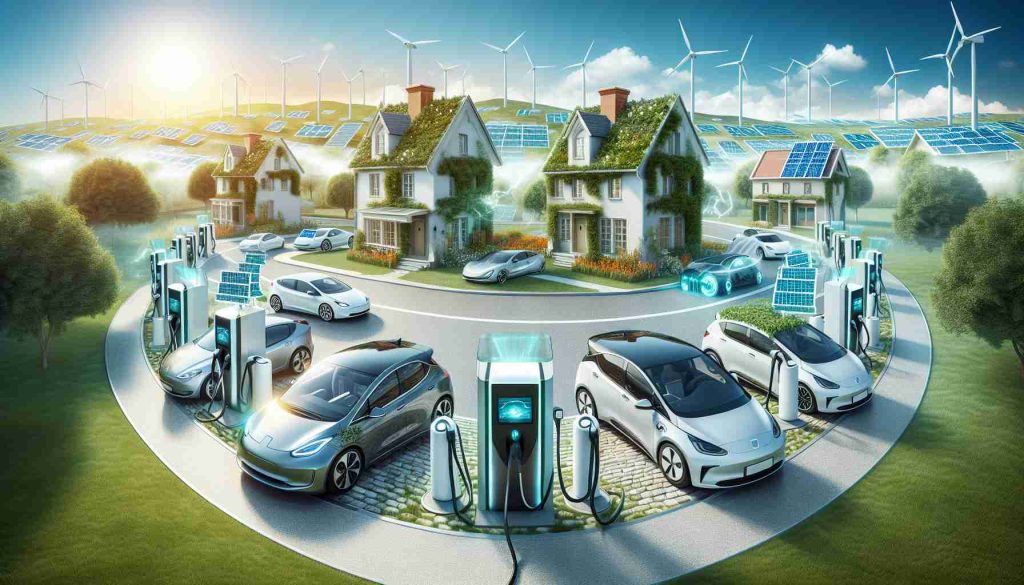The Challenge of Charging in Apartment Complexes
Electric vehicle (EV) owners residing in apartment buildings are facing significant hurdles when it comes to installing charging stations in shared areas. It’s a situation that many are encountering, as the collective consent of the building’s general assembly is essential for any installation.
Recent reports reveal that obtaining the approval from at least 51% of fellow residents is a major roadblock for many EV enthusiasts in Greece. This difficulty arises primarily from a lack of consensus on who will bear the costs associated with the installation of these necessary charging stations.
To navigate this complex process smoothly, experts recommend enlisting the services of certified companies. These professionals can ensure that all legal requirements are adhered to, reducing the likelihood of disputes among residents. If disagreements do occur, an evaluation by a qualified electrical engineer may be necessary to address concerns and facilitate a resolution.
As the electric vehicle market continues to grow, finding practical solutions for charging in shared living spaces will become increasingly critical. Apartment dwellers hoping to charge their EVs must remain vigilant and proactive in discussions with their neighbors and management to pave the way for a more sustainable future.
Transforming Urban Mobility: The EV Charging Dilemma
As electric vehicles surge in popularity, the challenge of charging in apartment complexes has profound implications for urban society and the global economy. The rise of EVs reflects a pivotal shift towards greener transport, yet the barriers faced by residents of multi-family dwellings could stall this progress. The challenge extends beyond mere inconvenience; it intertwines with broader societal issues, including energy equity and accessibility.
With approximately 36% of the U.S. population living in rental properties, the lack of charging infrastructure in these settings limits the transition to sustainable transportation. This can perpetuate socioeconomic disparities, as only those with the means to install personal charging stations or own homes can fully embrace EV technology. Addressing these inequities is vital, as cities aim to reduce carbon emissions in alignment with climate goals.
In terms of environmental impact, the energy demands of a growing EV market necessitate a re-evaluation of how urban areas distribute power. Future developments may need to include renewable energy sources integrated with charging stations, transforming public and private spaces into hubs of sustainability.
Moreover, as EV adoption accelerates, so will the potential for innovations in urban planning. Smart city technologies that support widespread charging solutions could redefine urban infrastructure, making it more adaptable and sustainable in the long run. This evolution is not just about meeting current demands; it represents a paradigm shift that prioritizes environmental health, economic resilience, and social equity for future generations.
Unlocking the Future: Overcoming Charging Challenges for EV Owners in Apartments
The Challenge of Charging in Apartment Complexes
As electric vehicles (EVs) continue to gain popularity, apartment dwellers face a unique set of challenges when it comes to charging their vehicles. Unlike homeowners, residents of apartment complexes are often reliant on shared infrastructure for EV charging, which creates a complex web of legal and logistical hurdles.
Pros and Cons of Apartment Charging Solutions
Pros:
1. Environmental Impact: Increased EV adoption reduces carbon footprints, contributing to a cleaner environment.
2. Convenience: Having charging stations close to home can save time and make EV ownership more feasible for apartment dwellers.
Cons:
1. Approval Challenges: Gaining consent from fellow residents and building management can be difficult and time-consuming.
2. Cost Sharing: Unequal distribution of costs for installation and maintenance can lead to disputes among residents.
How to Navigate the Approval Process
1. Gather Support: Start discussions with neighbors to gauge interest and form a coalition advocating for charging stations.
2. Engage with Management: Present a well-researched proposal to building management, outlining the benefits and addressing potential concerns.
3. Consult Professionals: Enlist the help of certified companies familiar with local regulations to guide the installation process and ensure compliance.
Insights into Market Trends
The electric vehicle market is on an upward trajectory, with predictions indicating that EVs could account for up to 30% of all vehicle sales by 2030. This shift is prompting many apartment complexes to consider installing charging stations as a standard amenity to attract residents.
Innovations in Charging Solutions
Recent advancements in technology are paving the way for more innovative charging solutions in multi-unit dwellings:
– Mobile Charging Units: These portable charging solutions provide flexibility and can be temporarily set up in parking spaces.
– Smart Charging Stations: These stations optimize energy consumption based on real-time demand, making them more efficient and cost-effective.
Limitations to Consider
Despite the advancements and growing interest, challenges persist, particularly in older buildings where infrastructure may not support electric charging installation. Additionally, local regulations may impose restrictions that complicate the approval process.
Security Aspects
As more residents adopt EVs, security becomes a vital consideration. Charging stations must be monitored to prevent vandalism or theft, necessitating the implementation of surveillance systems and secure payment methods to protect both equipment and users.
Sustainability and Community Engagement
EV charging installations can drive community engagement and promote sustainable practices among residents. By fostering a culture of sustainability, complexes can enhance their appeal and encourage the adoption of greener technologies.
Conclusion
Charging electric vehicles in apartment complexes presents significant challenges, but with proactive planning and community involvement, solutions are within reach. As the demand for EVs continues to rise, navigating the hurdles of shared charging infrastructure will be critical for both residents and building managers alike.
For more information and resources on EV charging solutions, visit Electric Vehicles.
















